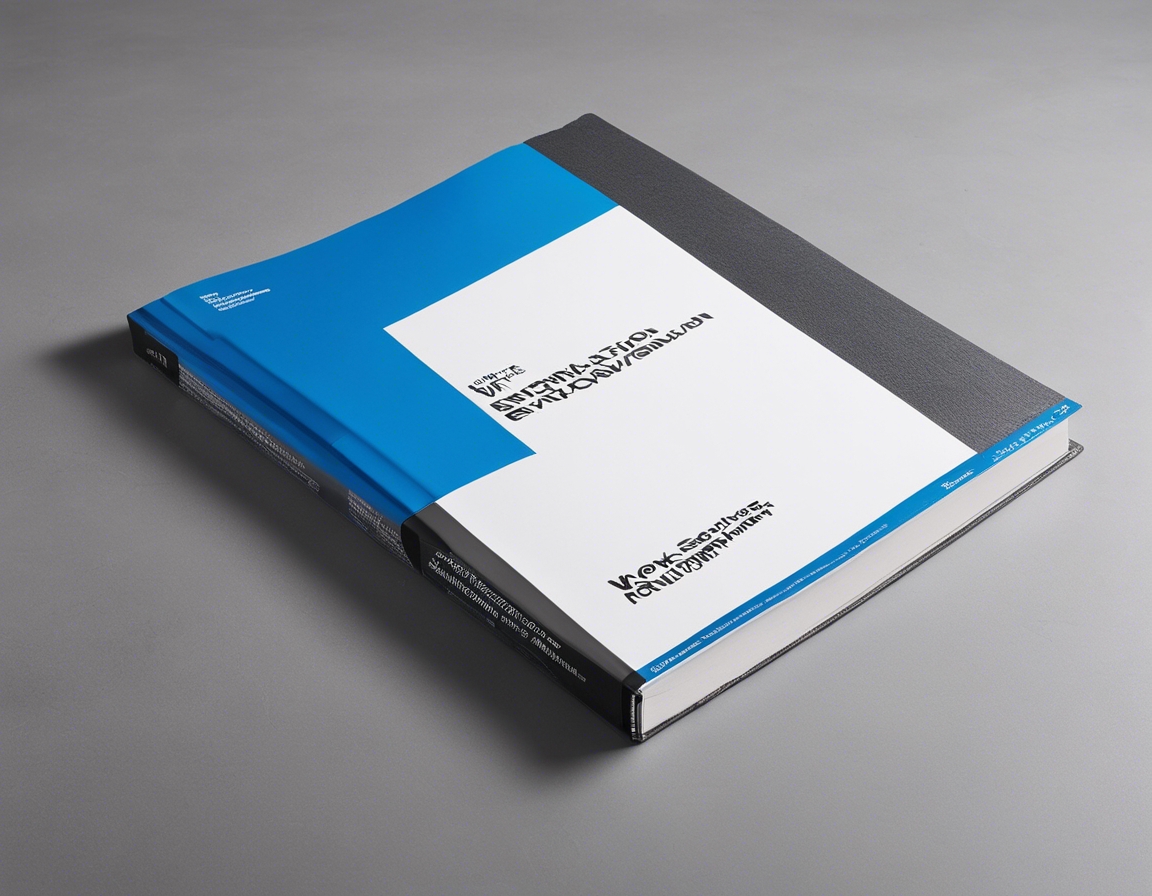5 essential steps for effective risk management
Risk management is an essential process for any business, particularly in industries with high safety risks. Understanding the types of risks present in the workplace is the first step towards managing them effectively. These can range from physical hazards to strategic, compliance, and financial risks.
Effective risk management not only ensures compliance with occupational health regulations but also protects employees, enhances productivity, and can provide a competitive advantage by minimizing losses and maximizing opportunities.
Step 1: Risk Identification
Identifying risks involves recognizing potential hazards that could negatively impact the organization. Tools such as SWOT analysis, root cause analysis, and brainstorming sessions can help in identifying these risks.
A risk register is a comprehensive list of identified risks that provides a framework for further analysis and management. It should include details such as the nature of the risk, potential consequences, and preliminary categorization.
Step 2: Risk Analysis
Risk analysis can be qualitative, focusing on the severity and likelihood of risks, or quantitative, involving numerical estimates of probability and impact. Both approaches are crucial for understanding the potential effects on the organization.
Each identified risk should be analyzed to determine its probability and the potential impact on the organization. This helps in understanding the level of attention each risk warrants.
Step 3: Risk Evaluation/Prioritization
Organizations must determine their risk thresholds, which are the levels of risk they are willing to accept. Risks that exceed these thresholds require immediate attention.
Not all risks are equal; some will have a greater potential impact than others. Prioritizing risks helps organizations focus their resources on the most significant threats.
Step 4: Risk Mitigation Strategies
Once risks have been prioritized, the next step is to develop a risk response plan. This plan outlines how to mitigate, transfer, accept, or avoid each risk.
Implementing the right controls and safeguards can reduce the likelihood of risks occurring or minimize their impact if they do occur. This may include safety training, personal protective equipment, or process changes.
Step 5: Monitoring and Review
Effective risk management is an ongoing process. Continuous monitoring ensures that new risks are identified and managed promptly.
As the business environment changes, so too should risk management processes. Regular reviews help ensure that the risk management strategy remains effective and relevant.






Comments (0)